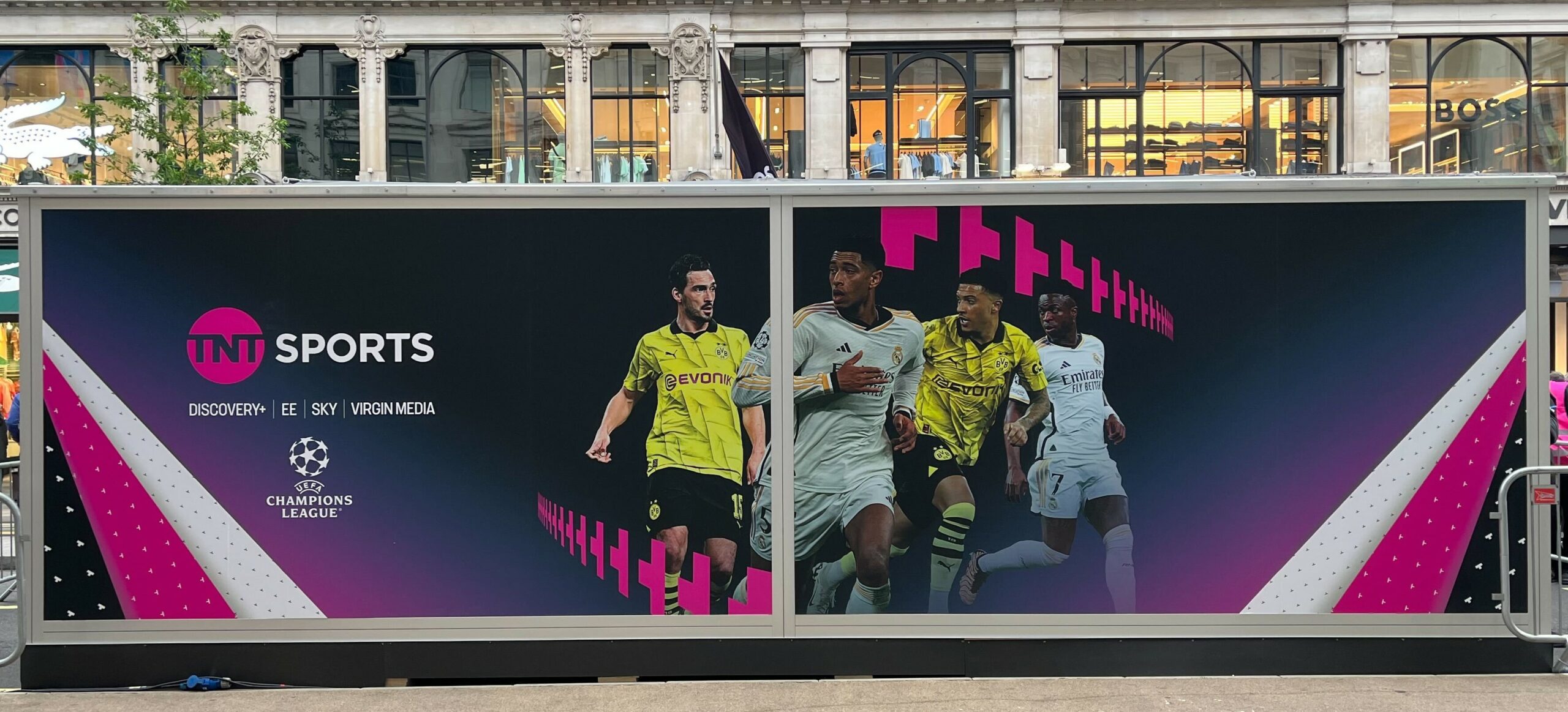Uncovering the past, shaping the future: A history of training technology in football
2 min read
The Euros this year marked a significant milestone for football technology. Semi-automated offside detection was the latest addition to a long list of innovations. As the game grew increasingly competitive, technology rapidly transformed how football was played, managed, and experienced by fans.
Yet, tech’s influence extended far beyond flashy gadgets. It had been quietly shaping the sport for over a century, from training pitches to boardrooms. Let’s explore the history of technology in football, its impact on modern training methods, and the exciting possibilities for the future of this ever-evolving sport.
1920s: From humble beginnings
Imagine this: it’s 1924, and footballers are warming up for training. But instead of the familiar passing drills, they’re gathered in a circle jumping over… a ball on a string. Thanks to historical footage from British Pathé, we get a glimpse into the training methods of the past.
This ‘string ball’ contraption, essentially a coach whirling a ball on a rope, may seem comical by today’s standards. However, it served a purpose: to improve player agility and limber them up before a match. While it might seem a far cry from today’s high-tech training methods, it was an early step in a long line of advancements.
1950s: A leap forward
For two decades after the string ball spectacle, training tech remained fairly basic, relying on drills and traditional methods to keep players in top shape. However, as football grew in popularity and competition intensified, so did the understanding of player conditioning. By the 1950s, top clubs were at the forefront of a technological revolution on the training ground.
Their weapon of choice? Shortwave diathermy machines. These bulky contraptions, a far cry from the sleek physiotherapy equipment of today, might seem comical at first glance. But don’t underestimate their impact. These machines delivered deep heat therapy, promoting healing in joints and soft tissues – a critical factor in preventing injuries and maximising player performance.
1980s onwards: The rise of modern training tech
The following decades witnessed a surge in advancements that transformed training:
- 1980s – Rewind and repeat: In the 1980s, video analysis entered the game, allowing coaches and players to finally break down matches beyond the limitations of memory. This ‘rewind’ revolutionised tactics, letting teams dissect their performances and develop winning strategies for future clashes.
- 1990s – Keeping tabs on the ticker: The 1990s saw the rise of heart rate monitoring, a technology that brought player fitness into sharper focus. By monitoring a player’s heart rate during training, teams could tailor workouts for optimal performance, pushing players to their limits without exceeding them.
- 2000s – Beyond the ball: The turn of the millennium witnessed the explosion of sports science. This comprehensive approach encompassed advancements in physiology (understanding player exertion), biology (optimising training for individual needs), and nutrition (fueling peak performance). Additionally, dedicated strength and conditioning coaches emerged, ensuring players were physically prepared for the modern game’s demanding tactics.
2008 to now: The age of data and recovery
The 21st century saw a further explosion of tech in training:
- 2008: Mapping the machine: In 2008, GPS tracking technology entered the world of football, allowing teams to capture a wealth of data on player movements. This “on-pitch GPS” provided invaluable insights for coaches – assessing performance with greater detail, managing workloads to reduce injury risk, and developing more targeted training programs.
- 2008: Squeezing out the best: Another innovation of 2008 was the rise of compression clothing. These garments aimed to improve blood flow, reduce muscle fatigue, and enhance players’ sensory reactivity. This technology offered a potential edge for players, aiding in post-training recovery and enhancing their overall performance on the pitch.
- 2010s: Spit test revolution & deep freeze recovery: From 2012 onwards, saliva samples became a valuable tool for rapid health checks. This “spit test” revolution provided instant information on hydration levels, muscle fatigue markers, and other health indicators, eliminating the need for lengthy laboratory processes. This allowed teams to monitor player health more efficiently and make informed decisions about training loads and player availability.
- The use of cryotherapy chambers also gained significant attention in 2014, particularly when Leicester City used them during their historic championship run. These chambers expose players to extremely cold temperatures, believed to promote muscle recovery by reducing inflammation and removing waste products. While the full scientific understanding of their benefits is still under development, this technology has become a popular choice for many teams.
The future of training technology: Enter Rezzil and the age of VR
While on-field innovations like semi-automated offside detection capture headlines, the real revolution in training might be brewing on virtual pitches.
We offer a cognitive performance platform that goes beyond the limitations of traditional methods. Forget static drills and rote memorisation. Rezzil plunges players into hyper-realistic virtual environments, replicating the intense pressure and lightning-fast decision-making of a crucial match.
Our VR drills and tests aren’t just immersive – they’re quantifiable. We translate player performance into a valuable Rezzil Index score, providing an objective benchmark for coaches, players, and scouts. This data empowers them to make data-driven decisions, comparing decision-making skills against teammates. It’s a game-changer for identifying strengths, and weaknesses to unlock a player’s full potential.
By analysing VR performance data, coaches can gain a deep insight into a player’s cognitive strengths and weaknesses. This empowers them to design personalised training programs that target specific areas for improvement, like decision-making, reaction times, and overall cognitive prowess on the pitch. Additionally, our rehabilitation tools can help players return to play faster, getting them back on the pitch and contributing to the team’s success.
VR technology is still in its early stages, but we are paving the way for a future where virtual training grounds become an essential part of every football club’s strategy. By embracing VR training, clubs can expect a more immersive and data-driven approach to translate into better performances on the real pitch.
Share this article

Related news
Consetetur sadipscing elitr, sed diam nonumy eirmod.



